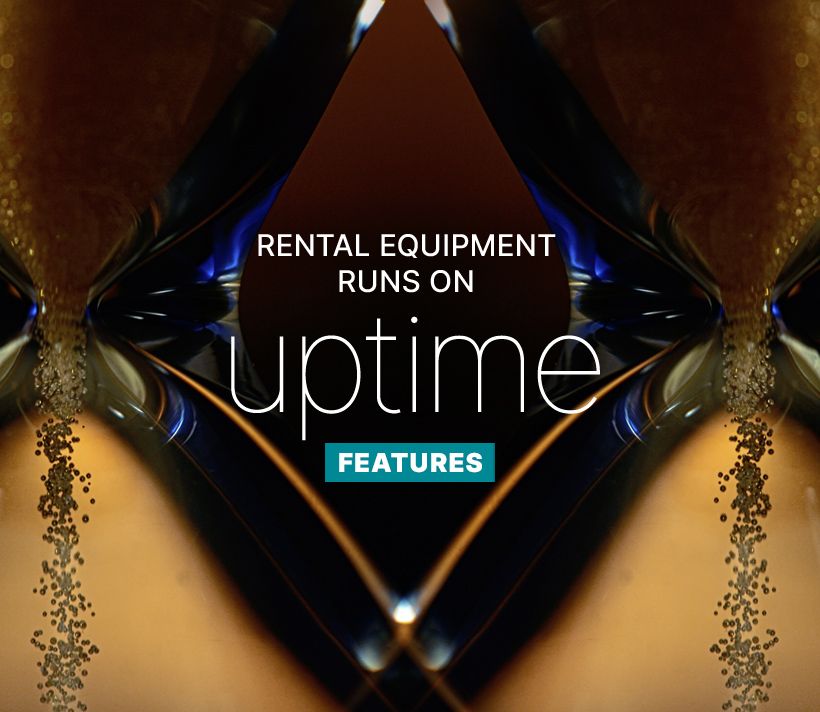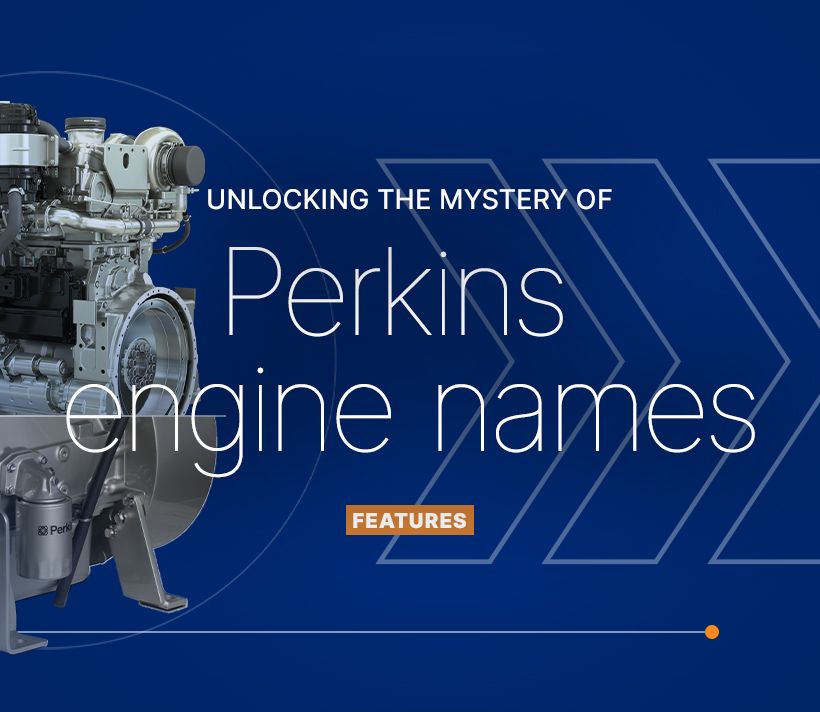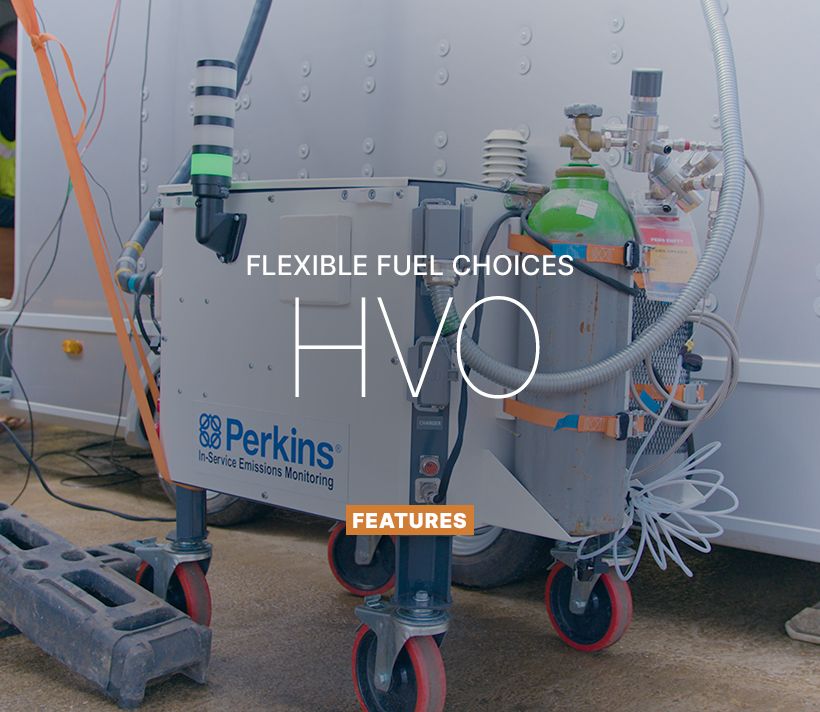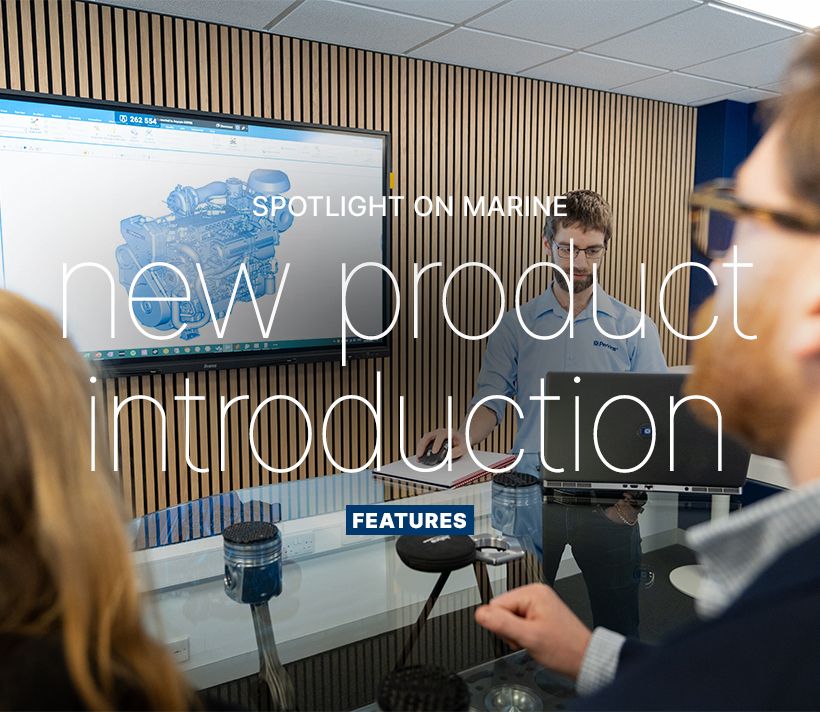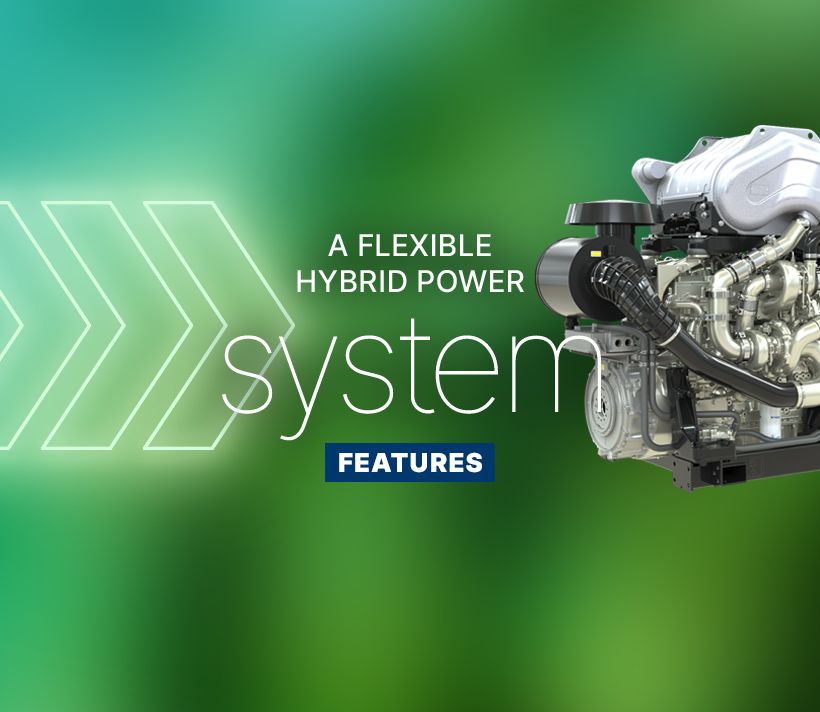Like most companies, evolution is key for survival and Perkins marine is no different. If you go back to its roots, you’ll find Perkins started manufacturing marine engines in the 1930s and subsequently through collaborations – Sabre Engines started in the 1960s and in the early 1990s Perkins Sabre was formed. Fast forward to today and the whole marine range of propulsion and auxiliary is simply Perkins marine.
Perkins prides itself on longevity, durability and robust British made engines, but there comes a time when the engine comes to the end of its life or the vessel it is in needs a different power node and a repower is required.
Sales history shows there are over 3,500+ engines going back to the Sabre Engines 135L up to the 430L, the Perkins Range 4 M135 to the V8540, the Perkins Sabre M130C to the M300Ti and the Perkins Marine M190C to the M300C that are in still in operation.
The Perkins engineering team set about developing a new range of propulsion engines that utilise proven robust technology, meet the latest emission standards and help customers meet their goals.
Simply put, the new range had to meet the customer needs once delivered by products that had come before and through clever configuration options, meet the current and future requirements of the industry. The goal was to provide flexibility with familiarity for customers.
This is where the new marine propulsion engines come in. The first three engines to be released are all based on the one core platform. The Perkins® M175C, M200C and M245C are 6-cylinder propulsion engines that offer customers 173 hp (129 bkW), 200 hp (149 bkW) and 249 hp (186 bkW) power ratings at 2400 rpm.
“We understand that it’s rare to find two boats that are identical and with corresponding requirements. One objective was to design and build an engine that can be configured as a simple streamlined engine or scaled up to a fully equipped MCS certified build,” says Dave Wood, senior product service engineer.
Drawing on decades of engineering expertise, the range is designed for commercial vessels requiring robust and dependable performance – while also being perfectly suited for the leisure cruiser boating enthusiasts who prioritise comfort, durability and reliability.
If you’re investing in a new build workboat or looking to repower a vintage cabin cruiser, this is where these engines come into their own. Offering configuration versatility with features that give flexibility for specific vessel needs, from how the engine is cooled - heat exchanger or keel cooled - to additional sensors, bilge pumps, filters, certifications and double skin fuel system.
The M175C, 200C and M245C meet modern emissions standards, offering customers a solution that supports long-term investment and compliance. The engines are emission compliant to RCD 2, EPA Tier 3, IMO2, and EU V (M175C) and customers can expect the following maintenance benefits:
The new engines also offer a 100% drop-in replacement with alternative fuels such as HVO (hydrogenated vegetable oil), GTL (Gas to liquid) and BTL (biomass to liquid), where local regulation allows.
Whether you are navigating coastal waters at leisure or enduring offshore demands at work, these engines are built to perform in the toughest marine environments. For minimal disruption and maximum uptime, the following engines in operation have been identified as potential for repower.
Perkins Marine: M190C, M216C, M250C
Perkins Sabre: M150Ti, M185C, M215C, M225Ti, M265Ti
Perkins Range 4: M165Ti, M200Ti, M240Ti
Sabre Ford: 180C, 212C, 225L, 255C, 280C, 275C
Designed today to power the vessels of the past and the future. The engines will be available through the Perkins marine distributor network with production scheduled to begin in 2026 and the order board opening in Q4 2025.
Perkins’ collaboration with Trackunit, delivering real-time insights to customers, increasing productivity in the field.
Read moreFor industrial equipment rental, excellent technical support and parts availability is a necessity.
Read moreTo mark Agritechnica's 'Celebrate Farming Day', Powernews spoke to Andy Curtis, Customer Solutions Director at Perkins.
Read moreWho keeps the lights on when the grid can’t? The power generation sector, of course. In the UK, its interests are represented by The Association of Manufacturers and suppliers of Power generating Systems (AMPS) – whose new director general, Alan Beech, came into post earlier this year.
Learn MoreHave you ever looked at the name of a Perkins engine and wondered what all those numbers and letters actually mean? If so, you’re certainly not alone. But rest assured the nomenclature is anything but random.
Read moreOne alternative fuel option we’ve researched heavily and have accommodated in our diesel engines for more than a decade is hydrotreated vegetable oil (HVO) – which must meet the EN 5940 standard – with the Perkins® 400 to 5000 Series able to use up to 100% HVO.
Read moreIn part two of our spotlight on marine we talk with Ben Lewis commercial manager, Dave Wood, application and tech support team lead and Stuart Phillipson, marine application and tech support to find out more about what’s in development for the marine range.
Read moreWhy stick to one fuel, when you can have a configurable power system?
Read moreMore than just a curiosity, they offer us different routes to future food security.
Read morePerkins marine engines has an illustrious history. Meet the team behind the brand.
Read morePerkins’ collaboration with Trackunit, delivering real-time insights to customers, increasing productivity in the field.
Read moreFor industrial equipment rental, excellent technical support and parts availability is a necessity.
Read moreTo mark Agritechnica's 'Celebrate Farming Day', Powernews spoke to Andy Curtis, Customer Solutions Director at Perkins.
Read more
